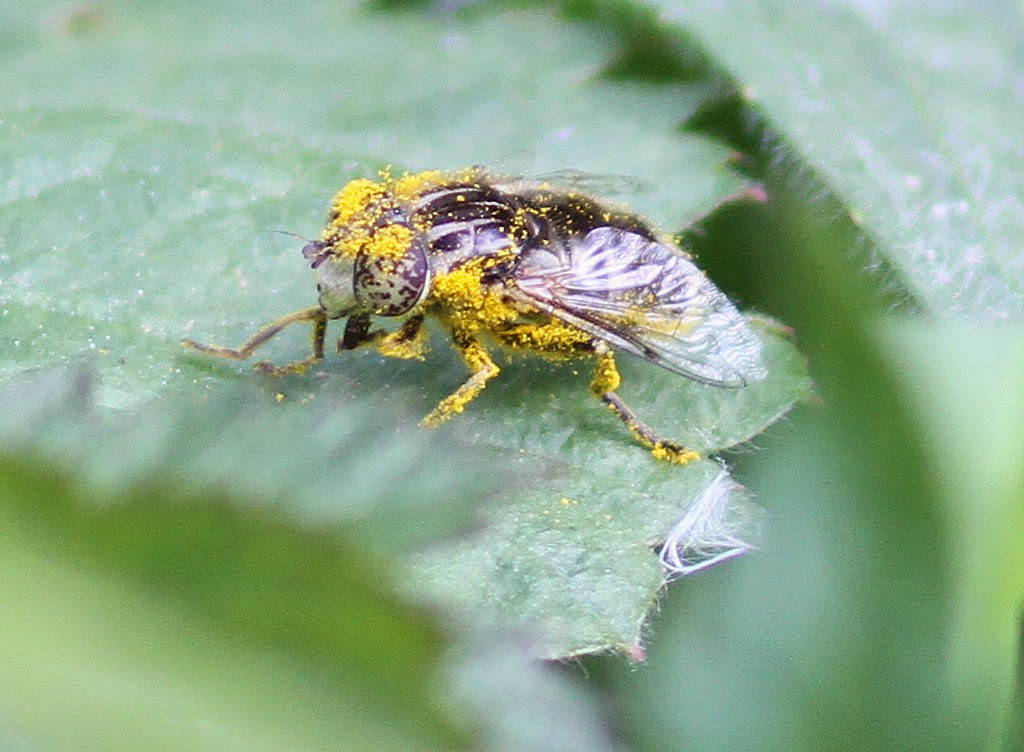
Adult male Wheatear (April). Extensive black face mask, dark black remiges and plain blue-grey upperparts indicate an adult male. The peach suffusion on the underparts is largely restricted to the throat and upper breast area on this bird.
Female Wheatear (April) (presumed adult).
First-summer male Wheatear (April) with less extensive dark on ear coverts than adult male (top pic), brown pale edged remiges and brown markings in the mantle, scapulars and also faintly in the crown. This bird has a particularly warm and extensive peachy suffusion to the underparts (More from Lee on Wheatear racial id here)
First-summer male Wheatear (April). The underparts colouration appears less intense which could be due to individual variation or light conditions
Wheatear (autumn)- a first-winter bird
Adult male Wheatear- on it's way up north via London
Firstly just to make this absolutely clear this post has nothing to do with an eleventh hour attempt at trying to win the White Arse Competition SEE HERE.
FUN FACTS ABOUT WHEATEARS AND BEDDINGTON
Earliest date: March 4th 1992
Highest day count: 87 in spring 1955
Worst year: 2002- only four records in the whole year
A male with a juvenile on June 29th 1952 suggested locally breeding birds
One ringed at Beddington on April 30th 1972 was controlled on Fair Isle on April 24th 1975, 915 km to the NNE
Current local status: Recovering from a low point in 2002. 35 on April 15th 2013 was the highest spring count since 1985.
Just another five for no reason at all

















































